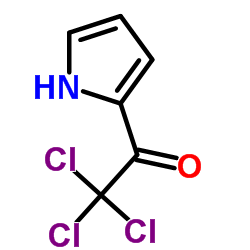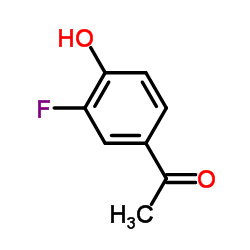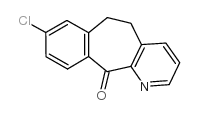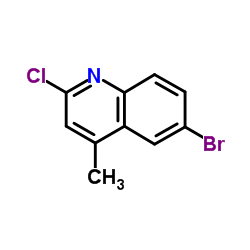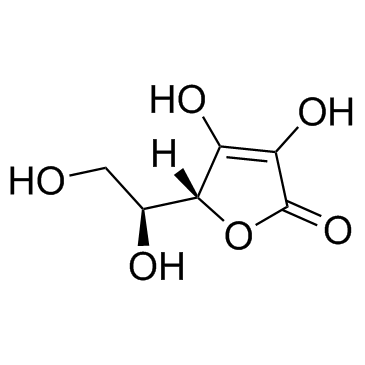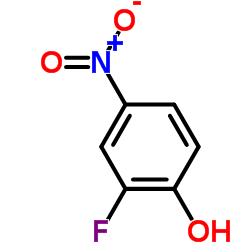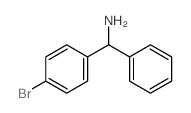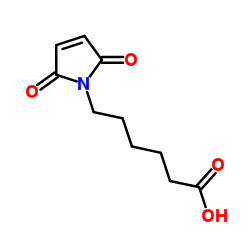7440-44-0
| Name | carbon atom |
|---|---|
| Synonyms |
CARBON, ACTIVATED, CHORCARB 130 GRADE/ACTIVATED CARBON/CHARCOAL, ACTIVATED
(0321) CARBON ACTIV COAL ACTIVE CARBON DARCO G 60 ACTIVATED CHARCOAL CARBON (AMORPHOUS) Carbon Activated CHARCOAL ACTIVATED CHARCOAL, ACTIVATED GRANULAR ACTIVATED CARBON, GRANULES 2.5 MM ACTIVATEDCHARCOAL GLASSY CARBON CARBON ACTIVATED (GRANULAR) CARBON, ACTIVATED, DARCO ACID WASHED ACTIVATED CARBON carbon FERRO CHROMIUM CARBON, ACTIVATED EINECS 231-153-3 Activated charcoal MFCD00133992 |
| Description | Carbon can be used as an excipient, such as decolorizer. Pharmaceutical excipients, or pharmaceutical auxiliaries, refer to other chemical substances used in the pharmaceutical process other than pharmaceutical ingredients. Pharmaceutical excipients generally refer to inactive ingredients in pharmaceutical preparations, which can improve the stability, solubility and processability of pharmaceutical preparations. Pharmaceutical excipients also affect the absorption, distribution, metabolism, and elimination (ADME) processes of co-administered drugs[1]. |
|---|---|
| Related Catalog | |
| References |
| Density | ~1.7 g/mL at 25 °C(lit.) |
|---|---|
| Boiling Point | 500-600 °C(lit.) |
| Melting Point | 3550 °C(lit.) |
| Molecular Formula | C |
| Molecular Weight | 12.00 |
| Flash Point | >230 °F |
| Appearance | rod |
| Vapour Pressure | <0.1 mm Hg ( 20 °C) |
| Storage condition | Flammables area |
| Stability | Stable. Incompatible with strong oxidizing agents. Combustible. Highly flammable in powdered form. |
| Symbol |

GHS02 |
|---|---|
| Signal Word | Warning |
| Hazard Statements | H228 |
| Precautionary Statements | P210 |
| Personal Protective Equipment | Eyeshields;Gloves;type N95 (US);type P1 (EN143) respirator filter |
| Hazard Codes | F,Xn,Xi |
| Risk Phrases | 36/37-36/37/38-20-10 |
| Safety Phrases | 26-36-24/25-22-36/37 |
| RIDADR | UN 1325 4.1/PG 3 |
| WGK Germany | 3 |
| RTECS | FF5250100 |
| Packaging Group | III |
| Hazard Class | 4.2 |
| HS Code | 38021000 |
| Precursor 10 | |
|---|---|
| DownStream 10 | |

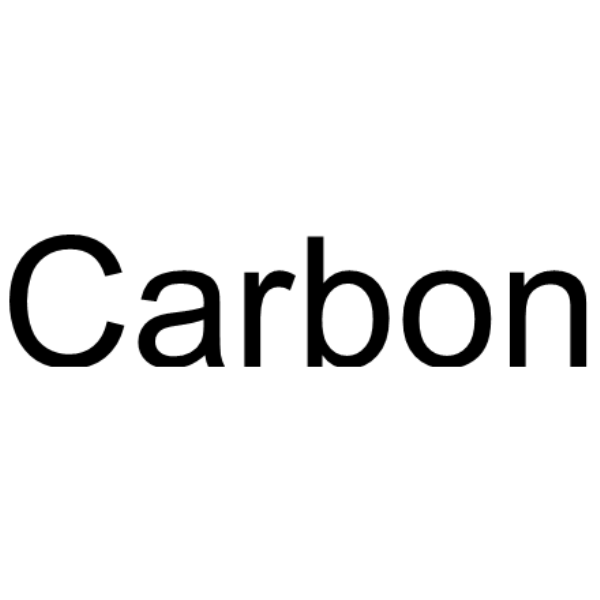

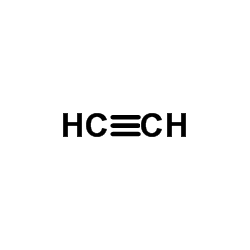
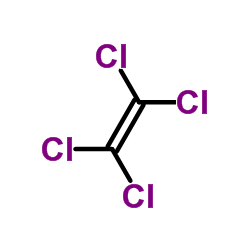
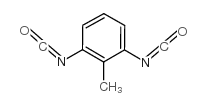




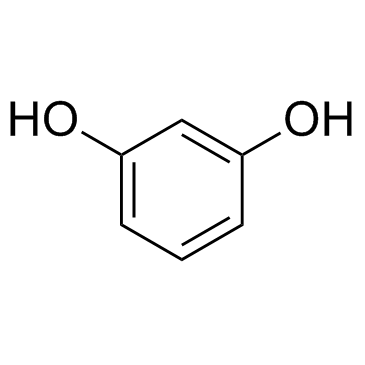
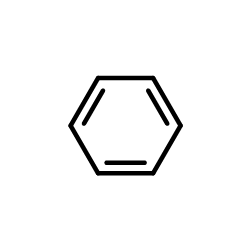
![b-Alanine,N-[(5-ethyl-5,8-dihydro-8-oxo-1,3-dioxolo[4,5-g]quinolin-7-yl)carbonyl]- structure](https://image.chemsrc.com/caspic/036/104571-64-4.png)
